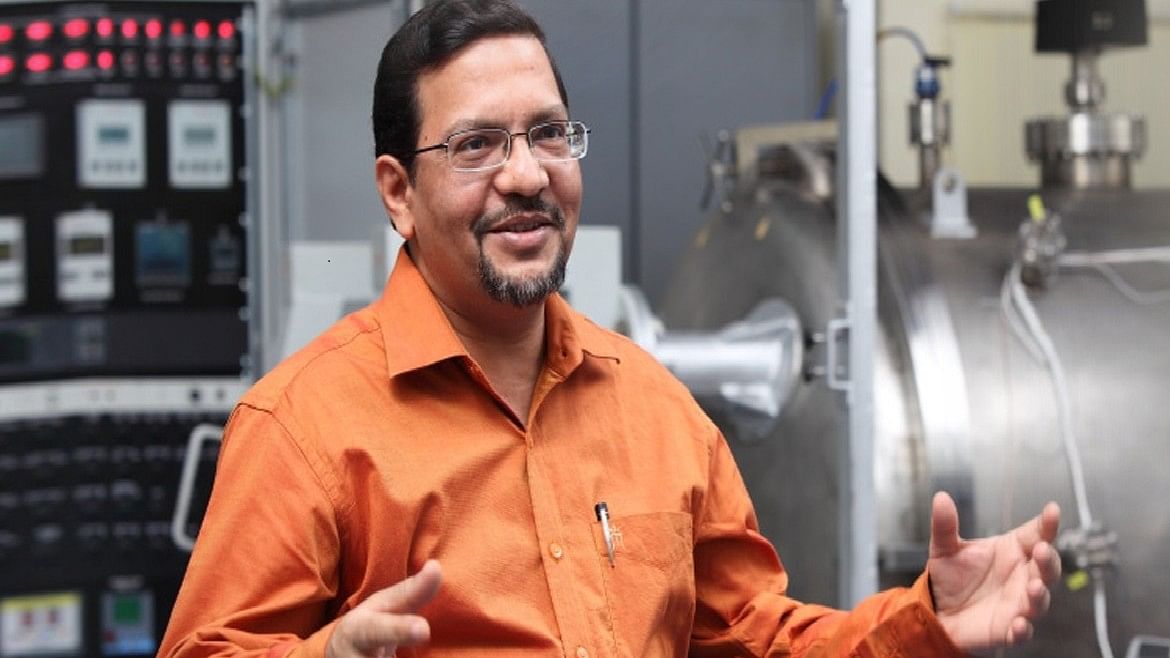
Credit: Special Arrangement
A rover payload on board Chandrayaan-3 is expected to provide breakthrough learnings about the elemental composition of the lunar surface, Anil Bhardwaj, Distinguished Professor and director of Physical Research Laboratory (PRL), Ahmedabad, said.
The Alpha Particle X-Ray Spectrometer (APXS) is developed by PRL, an autonomous unit of the Department of Space. With APXS, the Indian Space Research Organisation (Isro) aims to determine, in extensive detail, the elemental composition (aluminium, calcium, iron, magnesium, potassium, silicon, and titanium) of lunar soil and rocks around the landing site.
“This is significant because this is the first time we’ll be studying regions near the lunar south pole at almost 70 degrees latitude (where the lander is scheduled to touch down on August 23). The findings, we believe, will transform our understanding of the small-scale, distributional changes in the elemental composition of the lunar surface,” Prof Bhardwaj told DH.
The other rover payload, the Laser Induced Breakdown Spectroscope (LIBS), is expected to study the chemical and mineralogical composition of the lunar surface. “The two instruments are complementary and together, they come with capabilities to explore the moon very closely. At every couple of feet, we are probably going to stop the rover for these observations,” Bhardwaj said.
The PRL director underlined important findings from Chandrayaan 1 (2008) — the presence of water molecules on the lunar surface and the patterns of solar wind interaction with the moon — and the Chandrayaan-2 (2019) orbiter which is still providing data of “excellent quality”.
PRL developed scientific instruments for Chandrayaan-1 (High Energy X-Ray Spectrometer) and Chandrayaan-2 (Solar X-Ray Monitor – XSM). Bhardwaj, winner of Infosys Prize 2016 for Physical Sciences, said XSM is one of the “most sophisticated solar X-ray spectrometers” currently in operation.
Understanding lunar heat
ChaSTE (Chandra’s Surface Thermo-physical Experiment), one of the lander payloads from PRL, is designed to carry out measurements of the thermal properties of the lunar surface near the polar region. “The idea is to understand how heat propagates downward from the lunar surface. After the landing, this probe will be deployed into the surface from where it will give you temperatures, at every 10 cm,” Bhardwaj said.
Rambha — Langmuir Probe which will measure the plasma (ions, electrons) around the landing site for one lunar day (14 earth days) and the Instrument for Lunar Seismic Activity (ILSA) which will provide new insights on moon quakes and micrometeoroids, are the two other lander payloads.